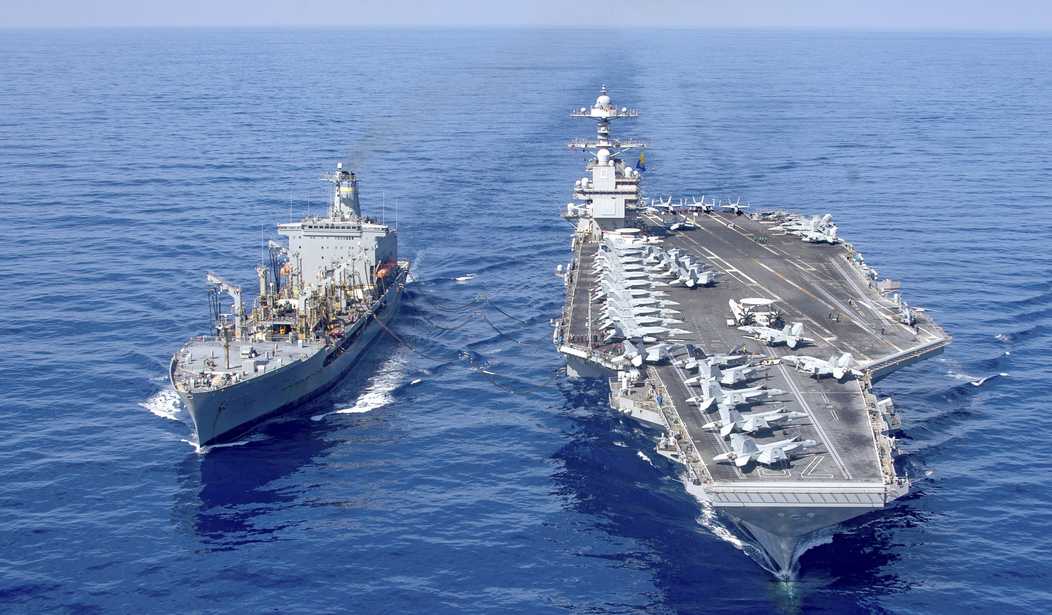The U.S. Navy is in deep trouble. From a high water mark of 296 ships under Donald Trump, the Navy has shrunk to below 280 ships. Worse, maintenance and repair delays have piled up rapidly. Only 60% of the attack submarine fleet is able to put to sea at any given time. The rest is tied up in maintenance. Two supercarriers are out for more than a year due to unspecified turbine damage.
We're retiring surface ships faster than we can build more. And the ships we are building are more expensive and less powerful than the ships they're replacing. It's an unacceptable situation that can't be fixed anytime soon.
"The most critical imperative the U.S. Navy is facing is to expand and sustain production capacity across the maritime industrial base to recapitalize its sea-based deterrence and guarantee a capable, enduring maritime presence at all times," wrote One Defense founder Stephen Rodriguez. None of that can be done quickly or easily.
Our weakness couldn't come at a worse time.
Russia continues to prosecute its war of conquest against Ukraine, hoping to alter dramatically the European balance of power and shatter the North Atlantic Treaty Organization. Iran and its proxies are mounting attacks on Israel as China prepares for war. Beijing is pursuing the largest military buildup since World War II. Its navy already outnumbers ours. It has gone from fielding one experimental carrier to multiple purpose-built carriers in under 15 years and will soon deploy its first catapult-equipped carrier. It is also expanding its nuclear arsenal and improving its submarine capabilities.
America’s response to these worrying global developments should be a revitalization of American shipbuilding, aided by cooperation with allies. South Korea has several high-quality naval yards that produce top-line small and medium-size warships, along with submarines. Though U.S. Navy requirements differ from those of other countries, there is much to gain from contracting with yards that can deliver warships on time and at or under budget.
We're sleepwalking our way to disaster. A strong Navy might deter China from attacking Taiwan. A strong U.S. Naval presence in the Red Sea and the Mediterranean would make the Houthi rebels think twice about attacking shipping.
It would also check Iran in its efforts to roil the Middle East. As it stands now, we don't have the surface ships to cover all potential hot spots.
Trump's election could start the rebuilding process right away, and give Israel and other allies in the Middle East the room to act.
The Middle East awaited Nov. 5 to determine the conclusion of the war. The election of Mr. Trump—who wants Israel to finish up and win, as opposed to handcuffing it and pressuring it to lose—improves Israel’s bargaining position with Hezbollah and Hamas.
The pressure is on them to succumb to Israel’s terms. In one of Mr. Trump’s biggest applause lines at the Republican convention, he warned, “We want our hostages back, and they better be back before I assume office or you will be paying a very big price.” That threat is now operative, and the clock is ticking.
Naval war doctrine is under review. What kind of ships will we need in 10 or 15 years? How should we confront China? How can we support Israel going forward?
The answers won't come quickly, and there are likely to be other threats that make themselves known. After the somnolent Biden years, the Navy has got to change course quickly and steam full speed ahead.










